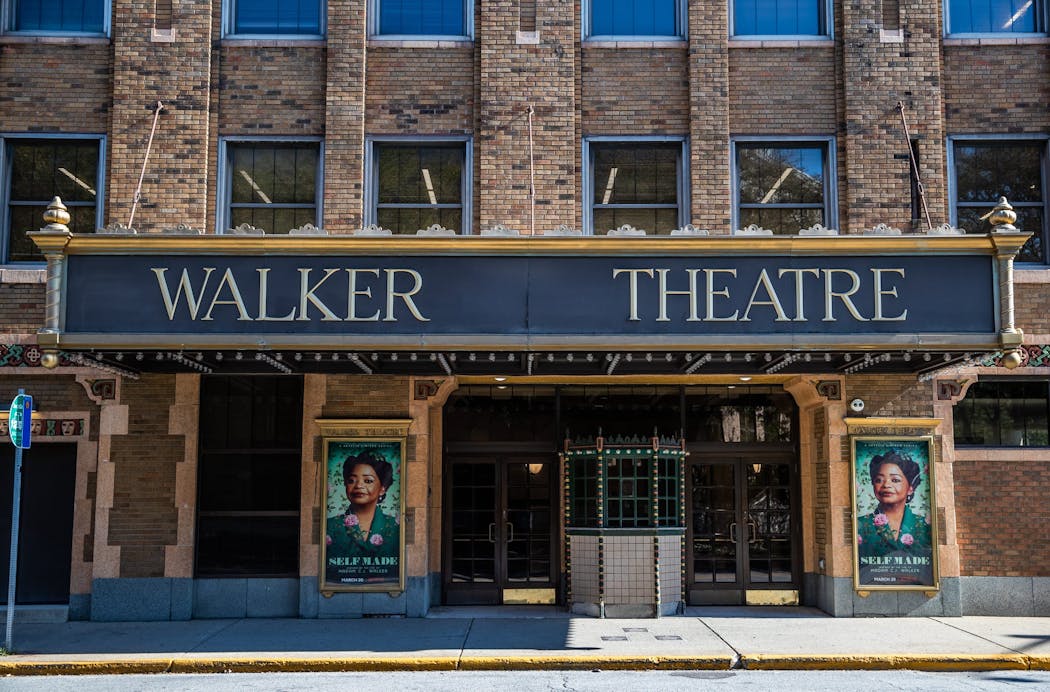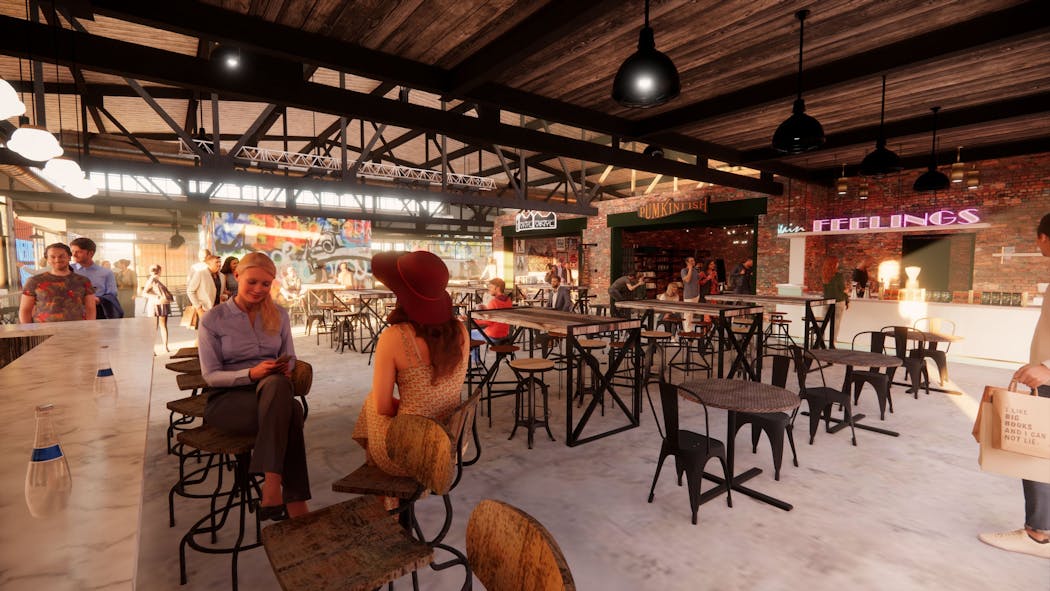There's so much more to Indianapolis these days than the Indy 500. Take a long weekend and check out what's new in the Circle City — from a new $300 million entertainment district, to a new permanent exhibit at the children's museum, to new dining options.
The Bottleworks District, the new entertainment sector along the north edge of Massachusetts Avenue, defines hipster cool in Indy. It's anchored by the 139-room Bottleworks Hotel that recently opened in what was once the world's largest Coca-Cola bottling plant. This gleaming white Art Deco gem retains an old-glam ambience, as though Marlene Dietrich might suddenly float down the graceful marble staircase.
The lobby features striking terrazzo floors and beautifully tiled walls. Large dramatic portraits line the corridors, and guest room doors are painted Coca-Cola red (bottleworkshotel.com).
Steps away is the Living Room, an eight-theater cinema that screens indie and foreign films. Cinephiles get comfy in recliners, eagerly anticipating internationally acclaimed films (livingroomtheaters.com).
If subtitles aren't your jam, get on a roll at Pins Mechanical Company, a duck pin bowling bar (no ugly shoes required) with old-school pinball machines, foosball and more (pinsbar.com/indianapolis).
Other attractions
So, your kids don't want to go to school? Take them to the Indianapolis Children's Museum and introduce them to Malala Yousafzai, a Pakistani activist who had to fight for her right to an education as a girl living under Taliban rule in Swat Valley. Even an attack on the then-15-year-old didn't silence her voice.
The museum recently added Yousafzai to its permanent exhibit, "The Power of Children: Making a Difference." She joins three other courageous youths who fostered social change: Anne Frank, the Jewish teenager whose diary documented the years she hid from the Nazis during the Holocaust; Ruby Bridges, who faced racism as one of the first Black students to integrate the public school system in New Orleans, and Ryan White; a hemophiliac who fought AIDS-related discrimination in the 1980s.
These are tough subjects, but the information is presented in a way that is appropriate for ages 8 and older. Graphic scenes of violence are excluded.
"The topics of racism, the Holocaust, discrimination and terrorism are some of the most difficult we can discuss with our children," said Monica Humphrey, director of exhibits and interactive media, "but our goal is to provide families with a safe place and a variety of tools to have conversations with one another."
The addition features a re-creation of Malala's childhood home and the computer she used to blog about life under the repressive Taliban. Also on view is the Nobel Peace Prize diploma awarded to her at age 17, making her the youngest winner ever.
As a child, Yousafzai wore henna tattoos of mathematical equations on her hands instead of decorative patterns. Thanks to a special light, kids can see those equations on their own hands. Today, the 24-year-old Oxford graduate continues to advocate for a world where all girls can learn (childrensmuseum.org).
Stop by the Eugene and Marilyn Glick Indiana History Center and say hello to Madam C.J. Walker, the African-American beauty mogul who made her fortune selling hair care products to Black women in the early 20th century.
The exhibit "You Are There 1915: Madam C.J. Walker, Empowering Women" chronicles the orphan's rags-to-riches story and outlines how her business model of employing thousands of Black women as sales agents enabled them to gain financial independence — noteworthy in an era when women, regardless of race, had not yet won the right to vote.
A replica of Walker's office as it appeared at her Indianapolis factory features actors in period dress portraying the entrepreneur and her employees. "Some agents make more than their husbands," said an actor portraying Walker. "They build their family's financial stability. The family helps the community, and the community is helping our race."
Several of Walker's products are on display, including Walker's Wonderful Hair Grower that launched her business, and styling tools much like those used in her beauty schools and salons. The exhibit runs through April 2 (indianahistory.org).
An incident of racial discrimination at an Indianapolis theater inspired Walker to build her own theater. The Madam C.J. Walker Building, just blocks from the history center, was completed in 1927. The sprawling four-story structure housed a 1,500-seat Art Deco theater and an elegant ballroom, and was an entertainment hub for the African American community. Following a $15 million restoration, the National Historic Landmark has been renamed the Madam Walker Legacy Center (madamwalkerlegacycenter.com).
Where to eat
Upscale Asian-inspired dining has never been Indy's strong suit, but Modita, the Bottleworks hotel restaurant, is a bright spot for those who crave the flavors of the East. Artfully plated dumplings, noodles, sushi and robata-grilled meats abound (modita.com).
For casual dining, head across the street to The Garage Food Hall. The 38,000-square-foot food and market hall has dozens of vendors serving everything from Venezuelan arepas at Azucar Morena to oysters on the half-shell at Bluepoint Oyster House & Bar (garageindy.com).
St. Elmo Steakhouse is a culinary landmark, a meat lover's paradise that's been serving some of the best steaks in the city since 1902. Fearless diners start with the famously spicy shrimp cocktail that brings tears of joy to their eyes (stelmos.com).
More info
Visit Indy: 1-317-262-3000 or visitindy.com.
Tracey Teo is an Indiana-based travel writer.



